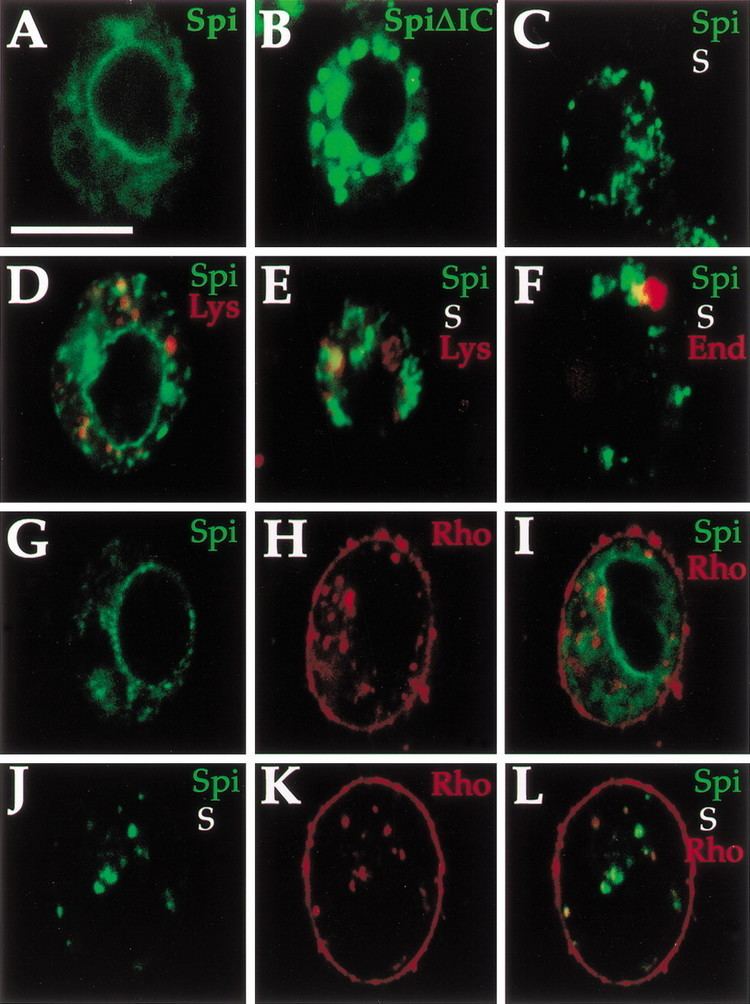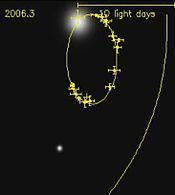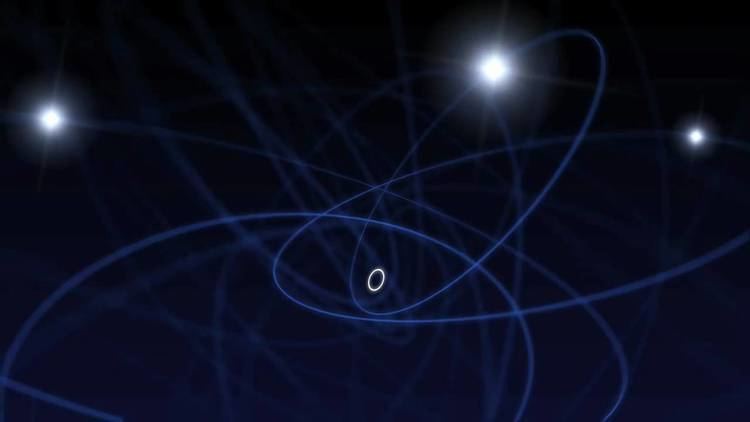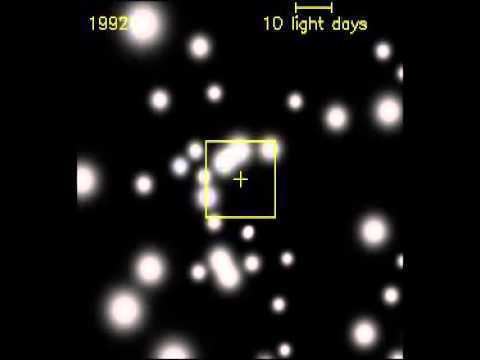Orbits Sagittarius A* | Constellation Sagittarius | |
 | ||
Similar Sagittarius A*, Sagittarius, Epsilon Sagittarii, Beta Sagittarii, Delta Sagittarii | ||
Source 2 (abbreviated S2), also known as S0–2, is a star that is located close to the radio source Sagittarius A*, orbiting it with an orbital period of 15.56 ± 0.35 years and a pericenter distance of 17 light hours (18 Tm or 120 AU)—an orbit with a period only about 30% longer than that of Jupiter around the Sun, but coming no closer than about four times the distance of Neptune from the Sun. As of 2002, its mass was initially estimated by the European Southern Observatory (ESO) to be approximately 15 M☉.

Its changing apparent position has been monitored since 1995 by two groups (at UCLA and at the Max Planck Institute for Extraterrestrial Physics) as part of an effort to gather evidence for the existence of a supermassive black hole in the center of the Milky Way galaxy. The accumulating evidence points to Sagittarius A* as being the site of such a black hole. By 2008, S2 had been observed for one complete orbit.

A team of astronomers mainly from the Max Planck Institute for Extraterrestrial Physics used observations of S2's orbital dynamics around Sgr A* to measure the distance from the Earth to the galactic center. They determined the distance to be 7.94 ± 0.42 kiloparsecs, in close agreement with prior determinations of the distance by other methods.

The orbit of S2 will give astronomers an opportunity to test for various effects predicted by general relativity and even extra-dimensional effects. These effects reach their maximum at closest approach, which will next occur in mid-2018. Given a recent estimate of 4.3 million solar masses for the mass of Sagittarius A* and S2's close approach, this makes S2 the fastest known ballistic orbit, reaching speeds exceeding 5000 km/s (11,000,000 mph, or 1/60 the speed of light) and acceleration of about 1.5 m/s2 (almost one-sixth of Earth's surface gravity).

The motion of S2 is also useful for detecting the presence of other objects near to Sagittarius A*. It is believed that there are thousands of stars, as well as dark stellar remnants (stellar black holes, neutron stars, white dwarfs) distributed in the volume through which S2 moves. These objects will perturb S2's orbit, causing it to deviate gradually from the Keplerian ellipse that characterizes motion around a single point mass. So far, the strongest constraint that can be placed on these remnants is that their total mass comprises less than one percent of the mass of the supermassive black hole.

In 2012, a star called S0-102 was found to be orbiting even closer to the Milky Way's central supermassive black hole than does S0-2. At one-sixteenth the brightness of S0-2, S0-102 was not initially recognized because it required many more years of observations to distinguish it from its local infrared background. S0-102 has an orbital period of 11.5 years, even shorter than that of S0-2. Of all the stars orbiting the black hole, only these two have their orbital parameters and trajectories fully known in all three dimensions of space. The discovery of two stars orbiting the central black hole so closely with their orbits fully described is of extreme interest to astronomers, as the pair together will allow much more precise measurements on the nature of gravity and general relativity around the black hole than would be possible from using S0-2 alone.


